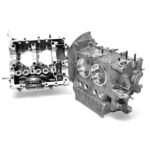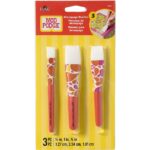Create Stunning Art With Watercolor Brush Strokes – Try It Now!
Unlocking the Magic of Watercolor Brush Strokes: A Comprehensive Guide
Watercolor painting is a fascinating form of art that requires a great deal of patience, practice, and technique. One of the most important aspects of watercolor painting is mastering brush strokes. With the right brush stroke, you can create incredible textures and effects that bring your paintings to life. In this article, we will explore the world of watercolor brush strokes, including what they are, who can use them, when and where to use them, why they matter, how to use them effectively, and much more. Let’s dive in!
What Are Watercolor Brush Strokes?
Watercolor brush strokes refer to the different marks or impressions that a brush makes on paper or any other surface when dipped into watercolor paint. These strokes can vary in size, shape, texture, and intensity depending on the type of brush you use, the amount of water you add, and the pressure you apply. Some common types of watercolor brush strokes include washes, glazes, scumbling, dry brush, wet-on-wet, and wet-on-dry.
9 Picture Gallery: Create Stunning Art With Watercolor Brush Strokes – Try It Now!
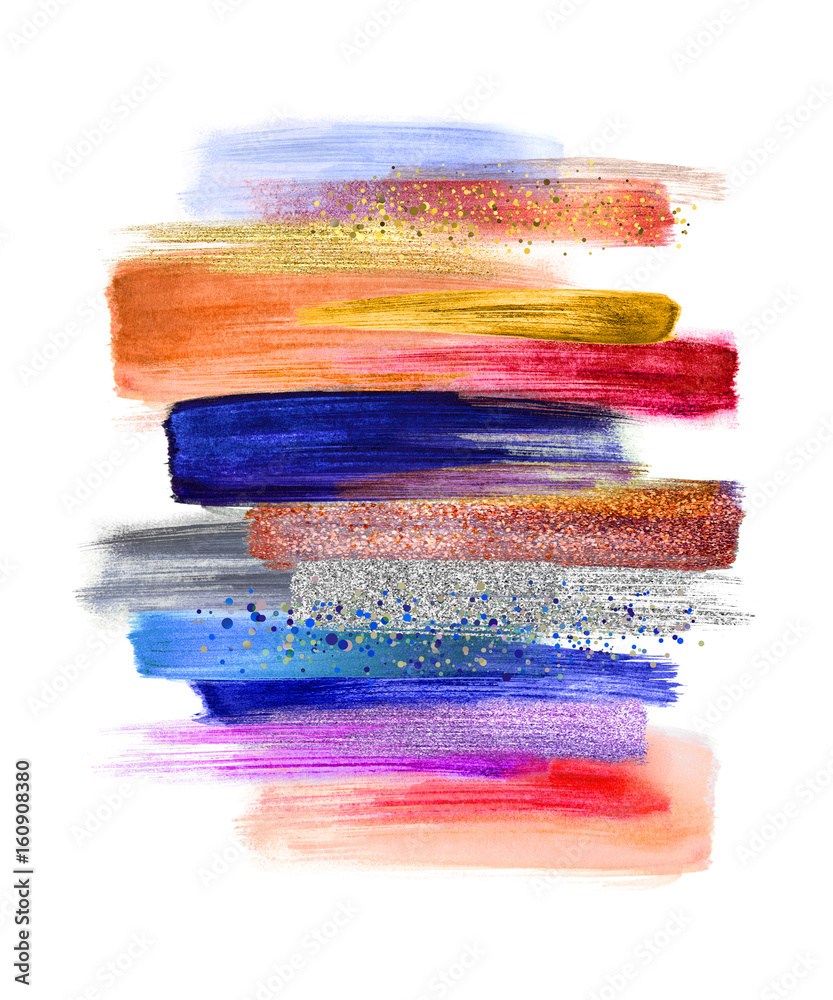


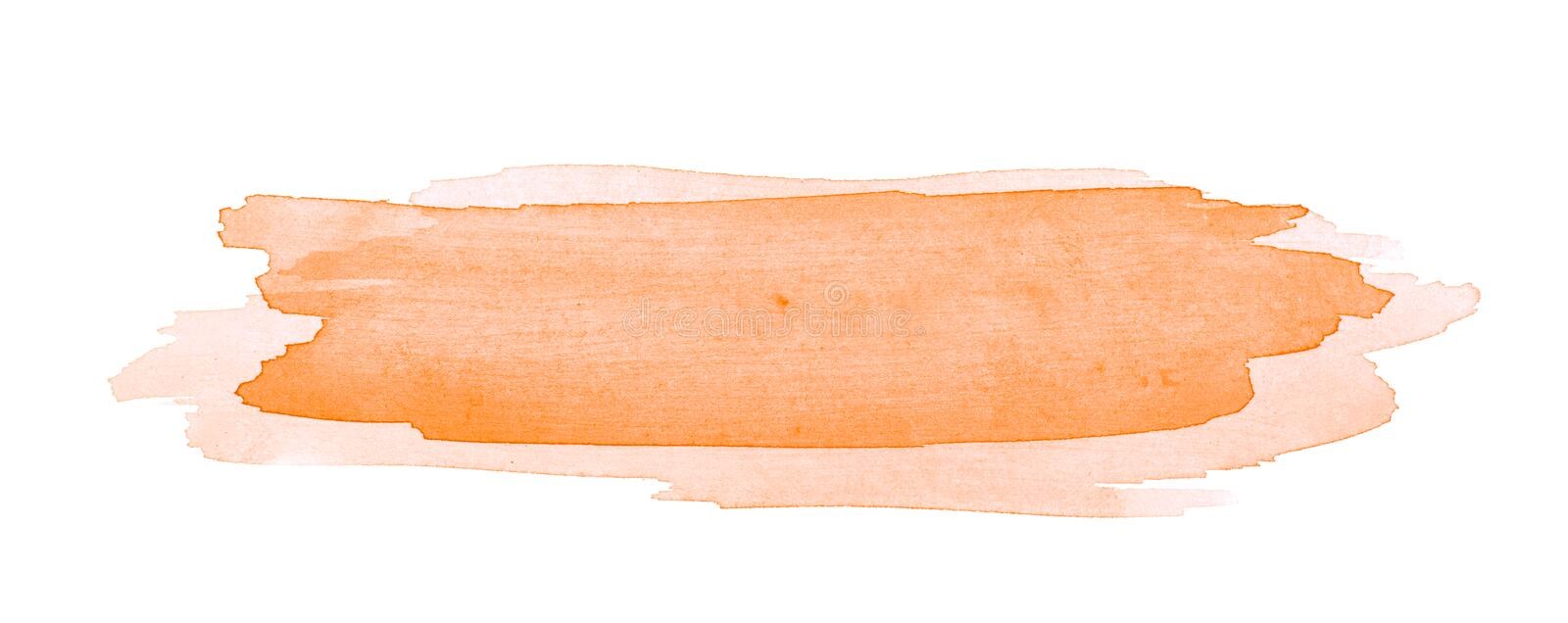


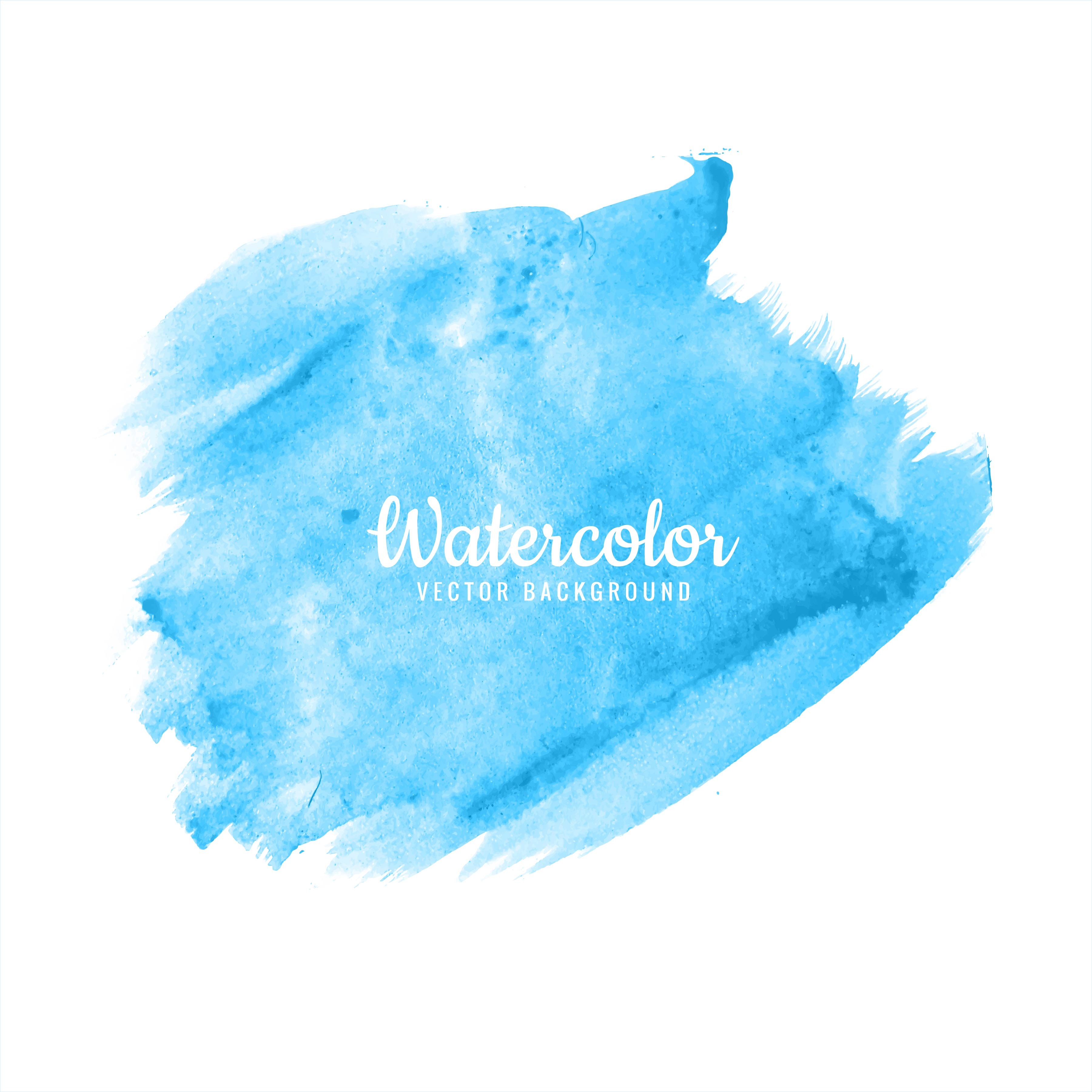


Who Can Use Watercolor Brush Strokes?
Anyone who is interested in watercolor painting can use brush strokes to enhance their paintings. Whether you are a beginner or an experienced artist, learning how to use different brush strokes can take your artwork to the next level. Brush strokes can be used to create realistic or abstract paintings, landscapes or portraits, and much more.
When and Where to Use Watercolor Brush Strokes?

Watercolor brush strokes can be used in a variety of ways and for different purposes. For example, you can use washes to create a smooth and even background for your painting, while dry brush strokes can be used to add texture and depth to your artwork. Wet-on-wet brush strokes are great for creating soft and dreamy effects, while wet-on-dry strokes can be used for precise details and sharp lines. You can use brush strokes on watercolor paper, canvas, wood, and other surfaces.
Why Do Watercolor Brush Strokes Matter?
Watercolor brush strokes matter because they can transform an ordinary painting into a masterpiece. By using different brush strokes, you can add movement, depth, and emotion to your work. Brush strokes can also help you create a focal point, highlight certain areas, and convey your message to the viewer. Brush strokes are an essential element of watercolor painting that can make all the difference.
How to Use Watercolor Brush Strokes Effectively?
Using watercolor brush strokes effectively requires practice, experimentation, and patience. Here are some tips and tricks that can help you master brush strokes:

Choose the right brush for the job. Different brushes have different shapes and sizes that can create different effects.
Use the right amount of water. Too much water can make your painting look washed out, while too little water can make it look dry and patchy.
Apply different levels of pressure. By applying more pressure, you can create thicker and darker strokes, while lighter pressure can create fainter and lighter strokes.
Experiment with different techniques. Try different brush strokes, such as washes, glazes, and dry brush, to see which ones work best for your painting.
Practice, practice, practice. The more you practice, the more comfortable you will become with using brush strokes in your paintings.
Types, Sizes, and Materials of Watercolor Brushes
Watercolor brushes come in different types, sizes, and materials. Some common types of watercolor brushes include round, flat, mop, and liner brushes. Round brushes are the most versatile and can be used for both large and small areas, while flat brushes are great for creating straight lines and sharp edges. Mop brushes are ideal for creating soft and delicate washes, while liner brushes are perfect for adding fine details and lettering.

Watercolor brushes also come in different sizes, ranging from 000 (the smallest) to 30 (the largest). The size of the brush you choose will depend on the size of your painting and the level of detail you want to achieve.
Watercolor brushes can be made from various materials, including natural hair (such as sable, squirrel, and goat) and synthetic fibers (such as nylon and taklon). Natural hair brushes are more expensive but offer better quality and durability, while synthetic brushes are more affordable and easier to maintain.
Pros and Cons of Using Watercolor Brushes
Using watercolor brushes has its pros and cons, just like any other art supply. Here are some of the advantages and disadvantages of using watercolor brushes:
Pros:

Watercolor brushes can create unique textures and effects that cannot be achieved with other tools.
Watercolor brushes can be used for a wide range of painting styles, from realistic to abstract.
Watercolor brushes are easy to use and can be mastered with practice.
Cons:
Watercolor brushes can be expensive, especially if you opt for natural hair brushes.
Watercolor brushes require proper care and maintenance to ensure their longevity.
Watercolor brushes can be challenging to use for beginners, who may struggle with controlling the amount of water and paint.

Conclusion
Watercolor brush strokes are an essential component of watercolor painting that can make your artwork stand out. By mastering different brush strokes, you can create stunning effects, textures, and emotions that bring your paintings to life. Whether you are a seasoned artist or a beginner, using watercolor brushes is a fun and rewarding experience that can help you express your creativity and imagination. So go ahead, grab your brushes, and start painting!




This post topic: Brush Stroke

